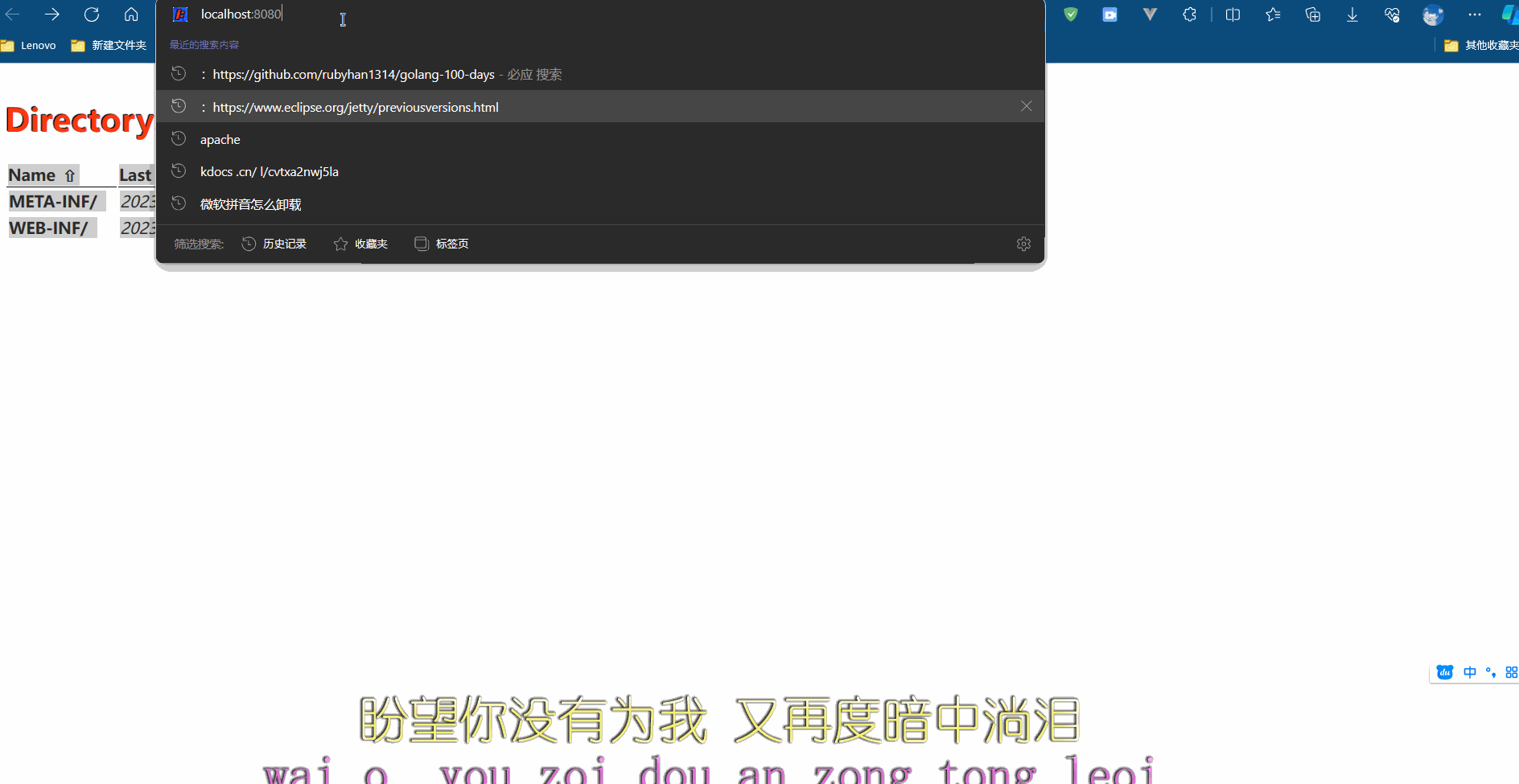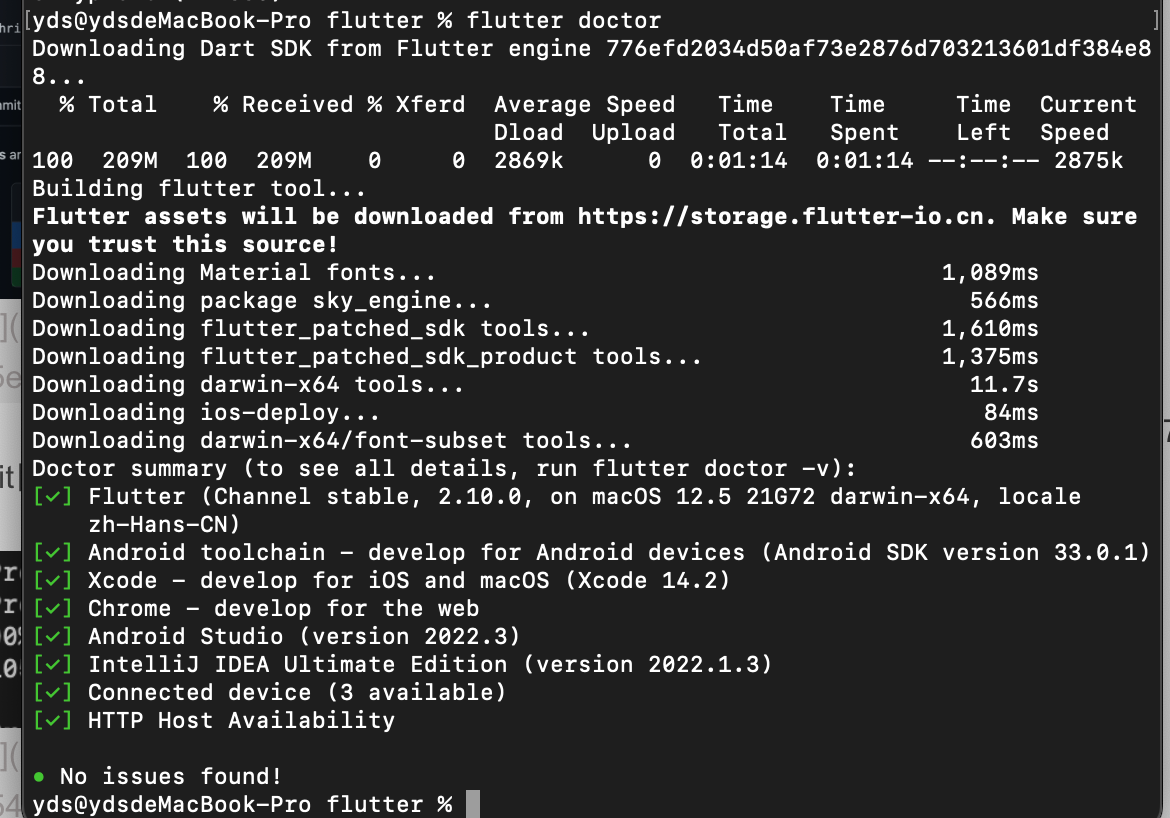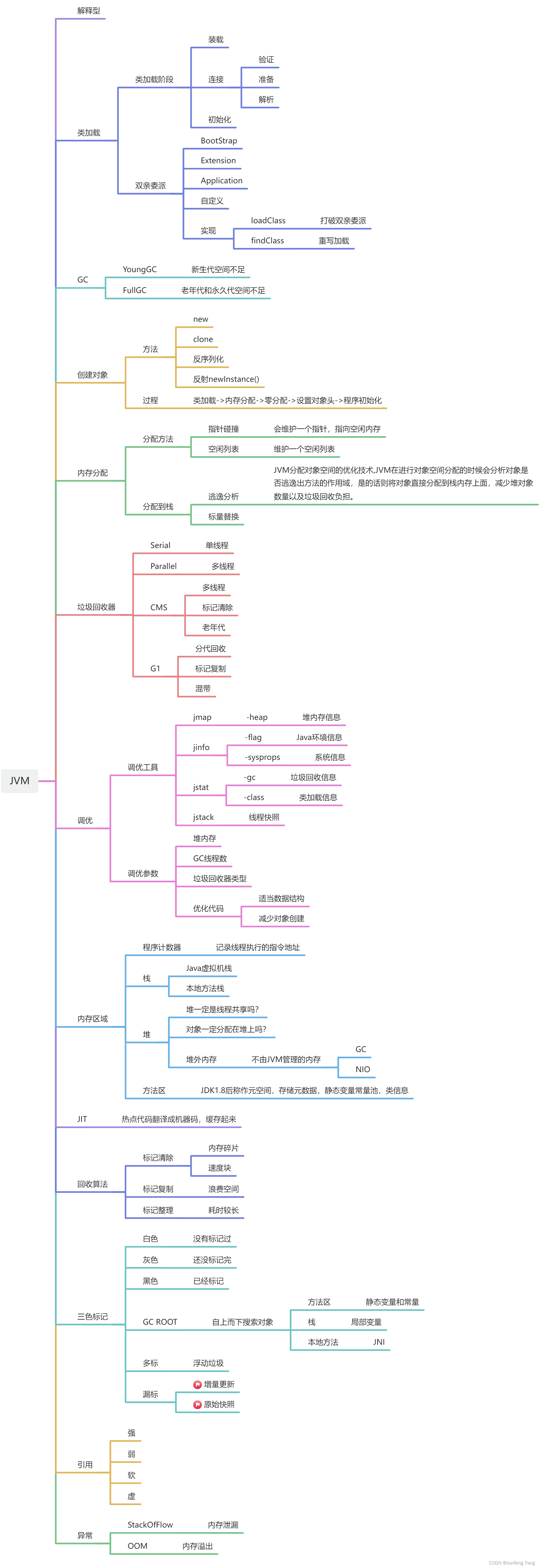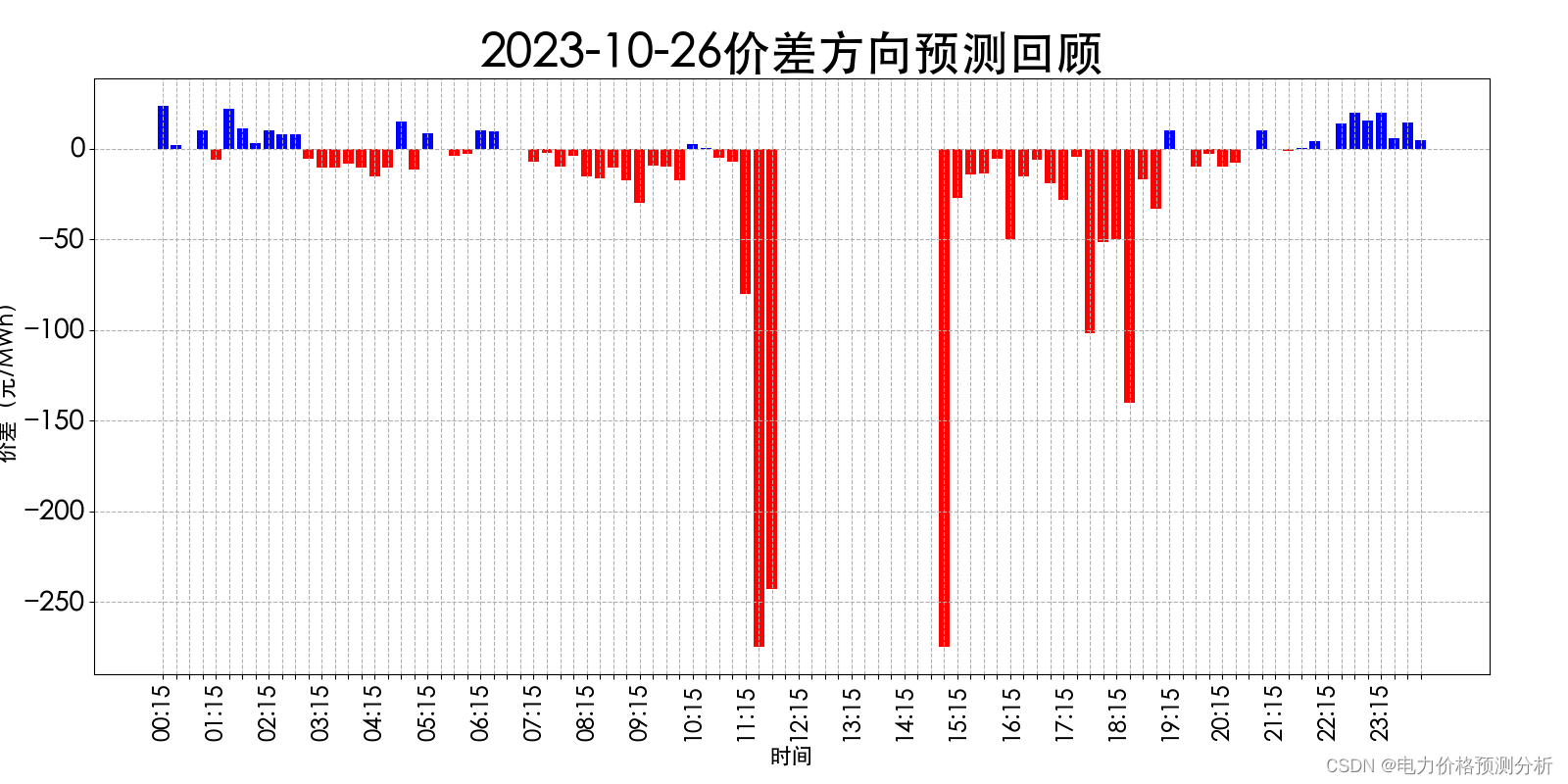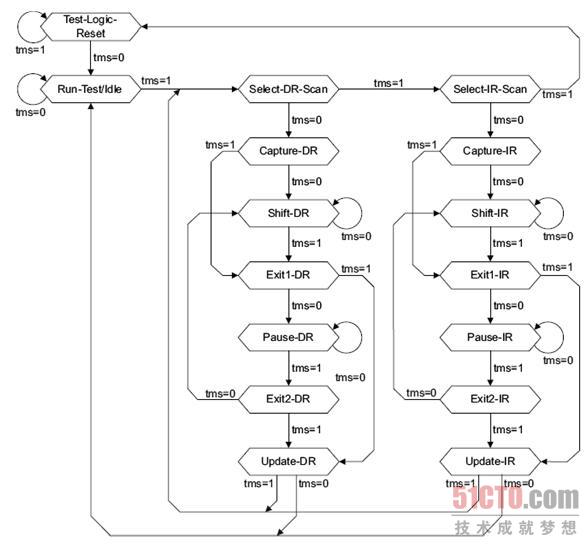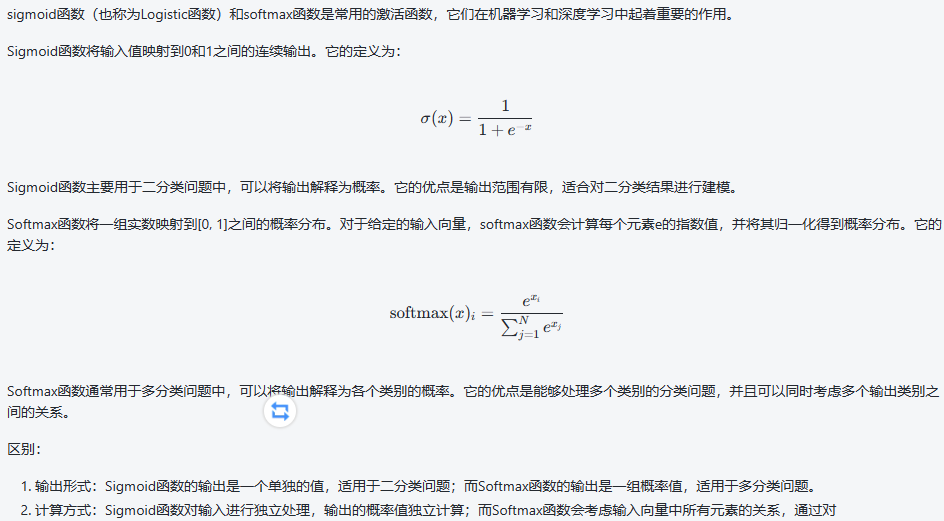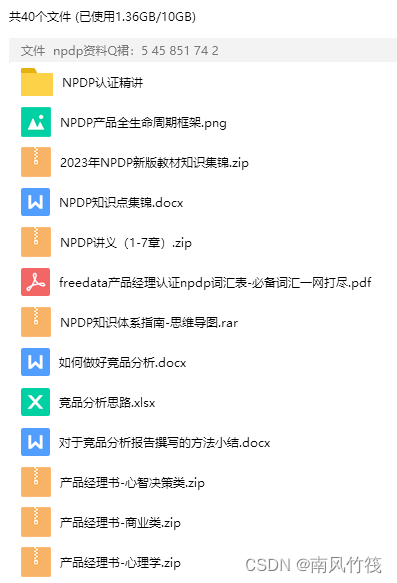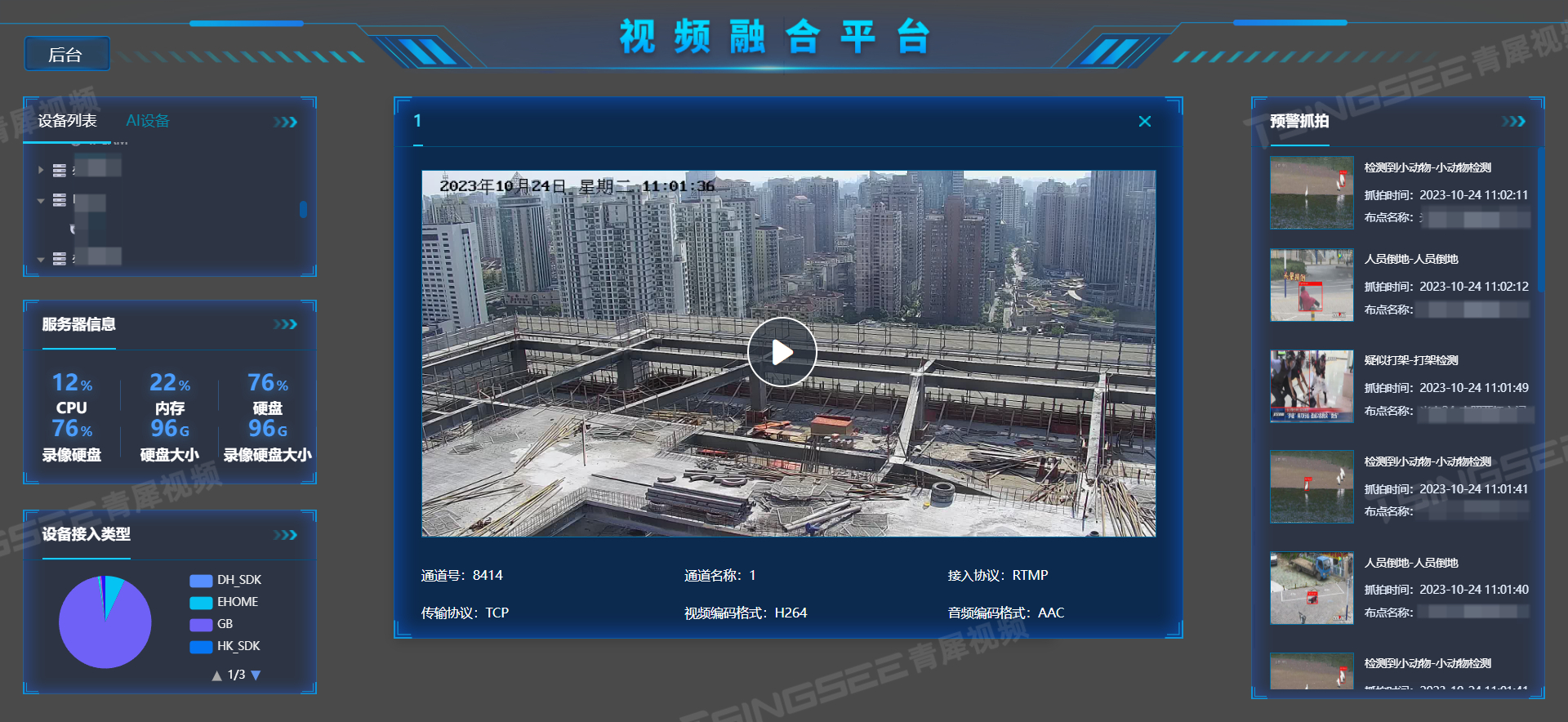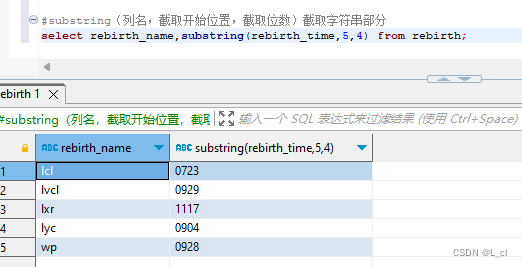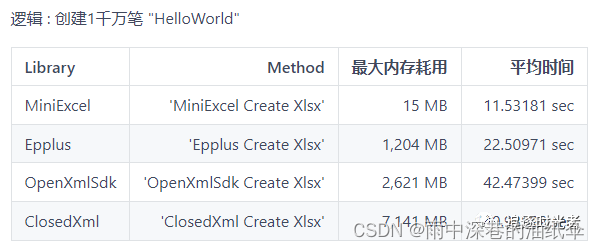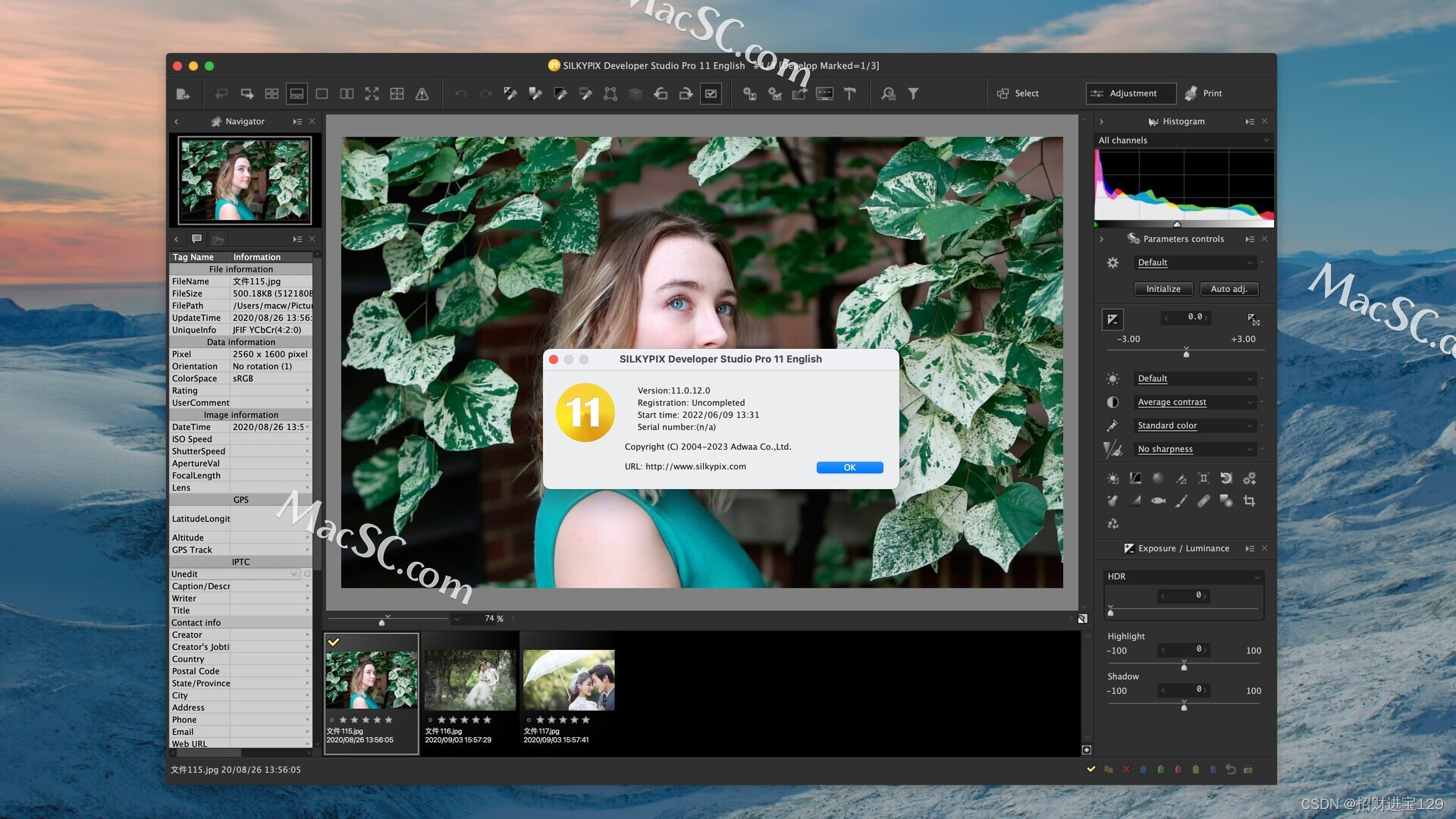准备环境:
云服务器 ECS,服务器安装好了docker
自己的next项目
开始:
1.在next项目根目录下创建Dockerfile文件
FROM node:18-alpine AS base
# Install dependencies only when needed
FROM base AS deps
# Check https://github.com/nodejs/docker-node/tree/b4117f9333da4138b03a546ec926ef50a31506c3#nodealpine to understand why libc6-compat might be needed.
RUN apk add --no-cache libc6-compat
WORKDIR /app
# Install dependencies based on the preferred package manager
COPY package.json yarn.lock* package-lock.json* pnpm-lock.yaml* ./
RUN \
if [ -f yarn.lock ]; then yarn --frozen-lockfile; \
elif [ -f package-lock.json ]; then npm ci; \
elif [ -f pnpm-lock.yaml ]; then yarn global add pnpm && pnpm i --frozen-lockfile; \
else echo "Lockfile not found." && exit 1; \
fi
# Rebuild the source code only when needed
FROM base AS builder
WORKDIR /app
COPY --from=deps /app/node_modules ./node_modules
COPY . .
# Next.js collects completely anonymous telemetry data about general usage.
# Learn more here: https://nextjs.org/telemetry
# Uncomment the following line in case you want to disable telemetry during the build.
# ENV NEXT_TELEMETRY_DISABLED 1
RUN yarn build
# If using npm comment out above and use below instead
# RUN npm run build
# Production image, copy all the files and run next
FROM base AS runner
WORKDIR /app
ENV NODE_ENV production
# Uncomment the following line in case you want to disable telemetry during runtime.
# ENV NEXT_TELEMETRY_DISABLED 1
RUN addgroup --system --gid 1001 nodejs
RUN adduser --system --uid 1001 nextjs
COPY --from=builder /app/public ./public
# Set the correct permission for prerender cache
RUN mkdir .next
RUN chown nextjs:nodejs .next
# Automatically leverage output traces to reduce image size
# https://nextjs.org/docs/advanced-features/output-file-tracing
COPY --from=builder --chown=nextjs:nodejs /app/.next/standalone ./
COPY --from=builder --chown=nextjs:nodejs /app/.next/static ./.next/static
USER nextjs
EXPOSE 3000
ENV PORT 3000
# set hostname to localhost
ENV HOSTNAME "0.0.0.0"
CMD ["node", "server.js"]
2.更改项目中next.config.js文件(主要是增加ouput这个)
// next.config.js
module.exports = {
// ... rest of the configuration.
output: 'standalone',
}3.把项目放到云服务器上
方法多样
我是通过写完把代码push到远端gitlab后,下载了tar文件,在通过finalShell把文件手动上传到目录下的
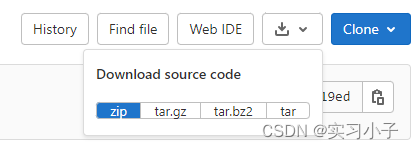

4.解压上传的文件
切到对应的目录下(项目文件名改成自己的)
tar -xvf international_station-master.tar
5.创建docker镜像(换成自己的项目名称,别怀疑是有. 的)
docker build -t international_station-master .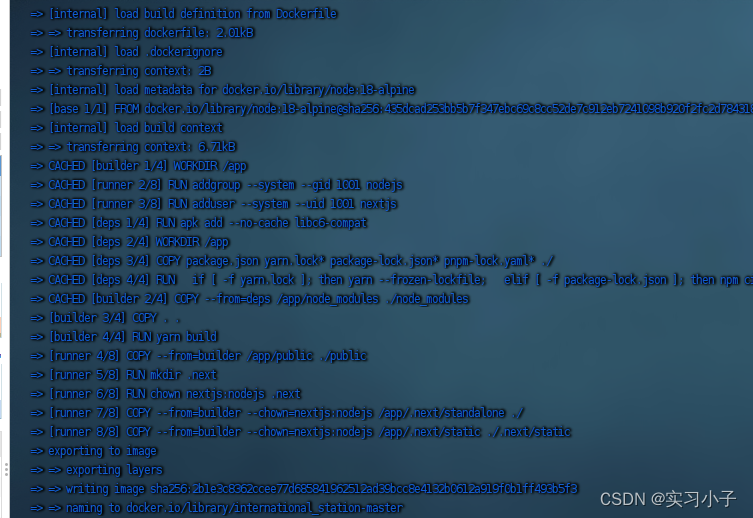
这样就打包好了
6.docker images一下看看是否创建镜像成功

7.通过镜像创建容器,并启动
docker run -d -p 3000:3000 --name webserver international_station-master:latest
8.如果是阿里云的话,记得把3000端口号加上安全组,然后就能通过ip:3000访问啦

